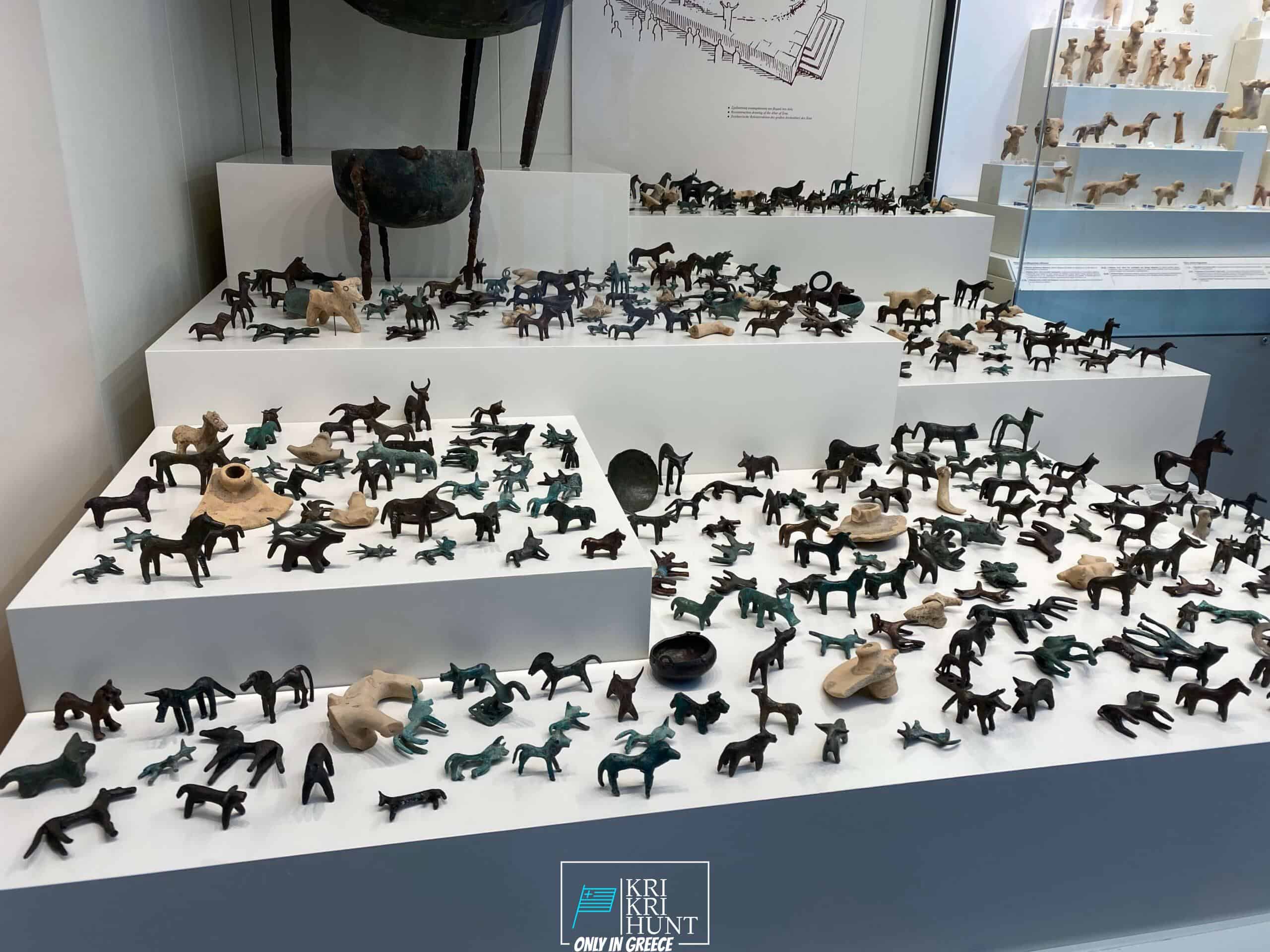Searching as well as free diving, deep see fishing on the Greek islands
Searching as well as free diving, deep see fishing on the Greek islands
Blog Article

Searching for Kri Kri ibex in Greece is a fantastic hunting expedition and also superb holiday done in one. Ibex searching is generally a rough experience, but not in this situation! Dive to shipwrecks and also spearfishing in old Greece, or enjoy ibex hunting in an unique location are simply a few of the things you may do during a week lengthy ibex hunting expedition in Greece. Can you consider anything else?

This Ibex is not a little Capra aegagrus bezoar ibex, which has actually moved to the western extremity of this species' range. The kri-kri (Capra aegagrus cretica), additionally called the Cretan goat, Agrimi, or Cretan ibex, is a feral goat living in the Eastern Mediterranean. The kri-kri has a light brown layer with a darker neck collar. Two sweeping horns job from the head. Throughout the day, they conceal to prevent travelers. In nature, the kri-kri can jump or climb seemingly sheer high cliffs.
On our Peloponnese trips, you'll get to experience all that this fantastic region has to supply. We'll take you on a trip of several of the most historical and also stunning sites in all of Greece, including old damages, castles, and also more. You'll likewise get to experience a few of the traditional Greek society firsthand by delighting in some of the tasty food as well as red wine that the region is recognized for. And also obviously, no journey to Peloponnese would be full without a dip in the sparkling Mediterranean Sea! Whether you're a knowledgeable seeker looking for a new adventure or a newbie vacationer simply seeking to discover Greece's spectacular landscape, our Peloponnese scenic tours are excellent for you. What are you waiting for? Schedule your journey today!
If you are looking for a genuine Greek experience away from the hustle as well as bustle of tourist then look no better than Methoni in The Peloponnesos! Our outside hunting for Kri Kri ibex, fishing, cost-free diving and also visiting Peloponnese excursions from Methoni are the perfect method to discover this stunning area at your own rate with like minded people. Contact us today to schedule your put on one of our excursions.
What is the diference between Kri Kri ibex, Bezoar ibex and hybrid ibex
The kri-kri is not thought to be indigenous to Crete, most likely having been imported to the island during the time of the Minoan civilization. Nevertheless, it is found nowhere else and is therefore endemic to Crete. It was common throughout the Aegean but the peaks of the 8,000 ft (2,400 m) White Mountains of Western Crete are their last strongholds–particularly a series of almost vertical 3,000 ft (900 m) cliffs called ‘the Untrodden’—at the head of the Samaria Gorge. This mountain range, which hosts another 14 endemic animal species, is protected as a UNESCO Biosphere Reserve. In total, their range extends to the White Mountains, the Samaria National Forest and the islets of Dia, Thodorou, and Agii Pandes.
This Ibex is NOT a diminutive form of the Bezoar Ibex, which has migrated into the western-most reach of the range of this species. The kri – kri (Capra aegagrus cretica), sometimes called the Cretan goat, Agrimi, or Cretan Ibex, is a feral goat inhabiting the Eastern Mediterranean, previously considered a subspecies of wild goat. The kri-kri has a light brownish coat with a darker band around its neck. It has two horns that sweep back from the head. In the wild they are shy and avoid tourists, resting during the day. The animal can leap some distance or climb seemingly sheer cliffs.
“The agrimi goat Capra aegagrus cretica is unique to Crete and its offshore islands. It has been identi®ed as a sub-species of the wild bezoar goat Capra aegagrus aegagrus Erxleben, 1777, which it closely resembles in horn shape, body form and coloration. This classi®cation has been disputed by some researchers who claim that the agrimi are feral goats, derived from early domestic stock brought to the island by the ®rst Neolithic settlers. In order to clarify this issue, DNA analyses (cytochrome b and D loop sequences) were carried out on tissue of live and skeletonized agrimi and compared to sequences of wild and domestic caprines. Results conclusively show the agrimi to be a feral animal, that clades with domestic goats (Capra hircus) rather than with wild Asiatic bezoar. This study demonstrates that morphometric criteria do not necessarily re¯ect genetic af®nities, and that the taxonomic classi®cation of agrimi should be revised.”
Report this page